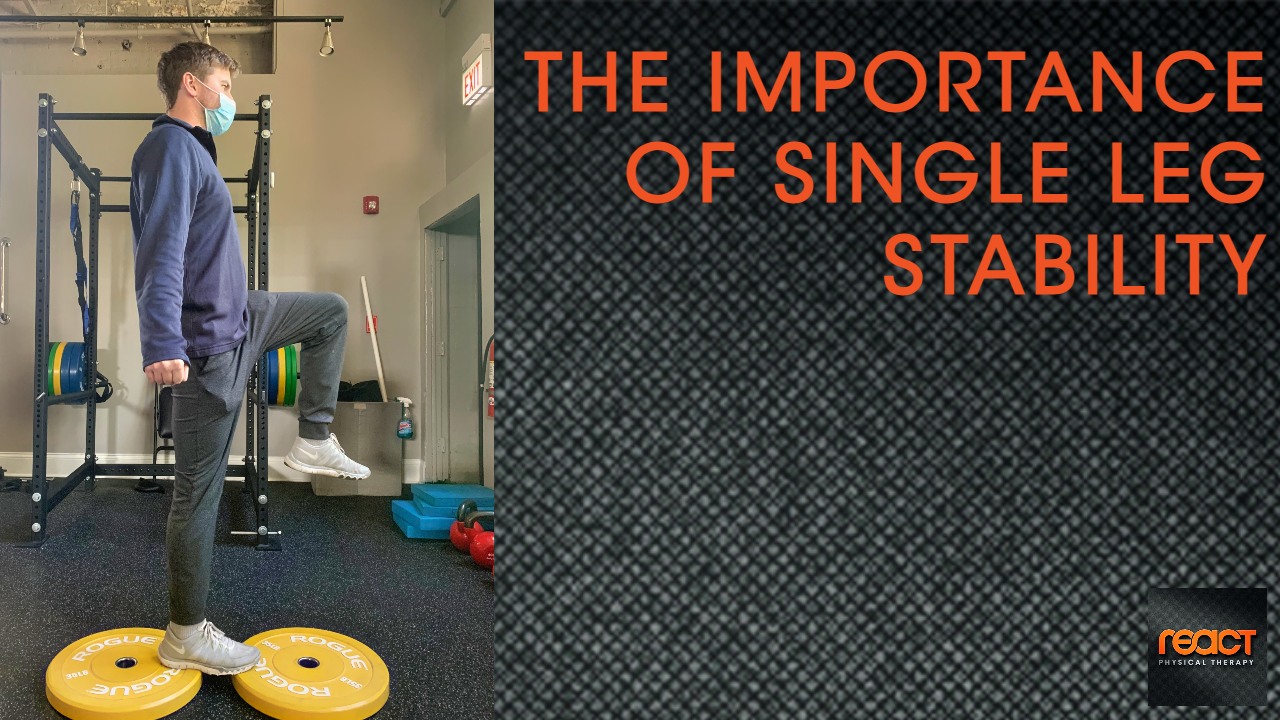The Importance Of Single Leg Stability

Very often in the gym, you will find people doing a lot of things like squats, deadlifts, box jumps, etc. Despite these being great exercises, people often neglect training in single-leg positions. When I screen my athletes, I make sure to look at movements on a single leg because this is often where I will find strength, mobility, or stability deficits in one leg vs the other. Today’s focus will be on stability and one technique on how to test yourself, and also how to progress.
When working on stability, you need to consider how the whole body plays a role. You want to start in a neutral position: head in line with hips, shoulder blades slightly tucked back and pulled away from ears and pelvis over your feet (tuck butt in). Another crucial aspect is how you displace your weight in your foot. I recommend the “tripod position” where you imagine you are sharing weight equally under the base of your big toe, the base of your pinky toe, and the center of your heel. A great way to do this is to put two plates on the ground and space them based on the size of your foot (as shown in the videos) which will also make the muscles of your footwork even harder, especially when shoes are off.
For each position/movement, squeeze your glutes, pull shoulder blades towards hips, and slightly tuck your ribs toward your belly button to engage your abdominals; and as always remember to BREATHE!
- Step One – Stand on one leg, even your posture head to toe and march the opposite hip to knee 90 degrees with the knee bent at 90 degrees. See if you can hold this position without assistance/holding on for 30-45secs at a time. If either side fails, practice this until you can perform it 3-4x consistently.
- Step Two – Get in the same position, now lower your opposite leg and reach it behind you, just barely tapping the floor. Then raise the leg back up to start position and pause. Repeat this 8-12x or until fatigue, 2-3 sets.
- Step Three – Get in the start position, then perform a single leg RDL by hinging at your hip and keeping your back straight while reaching your opposite leg back.
If you are an athlete dealing with a current injury or notice that you have residual weakness, stiffness, or balance deficits as a result of an old injury, I highly encourage you to get into a training program that emphasizes single-leg strengthening and balance training. Schedule your evaluation with React so that you can get a holistic approach and get you where you need to be much quicker!